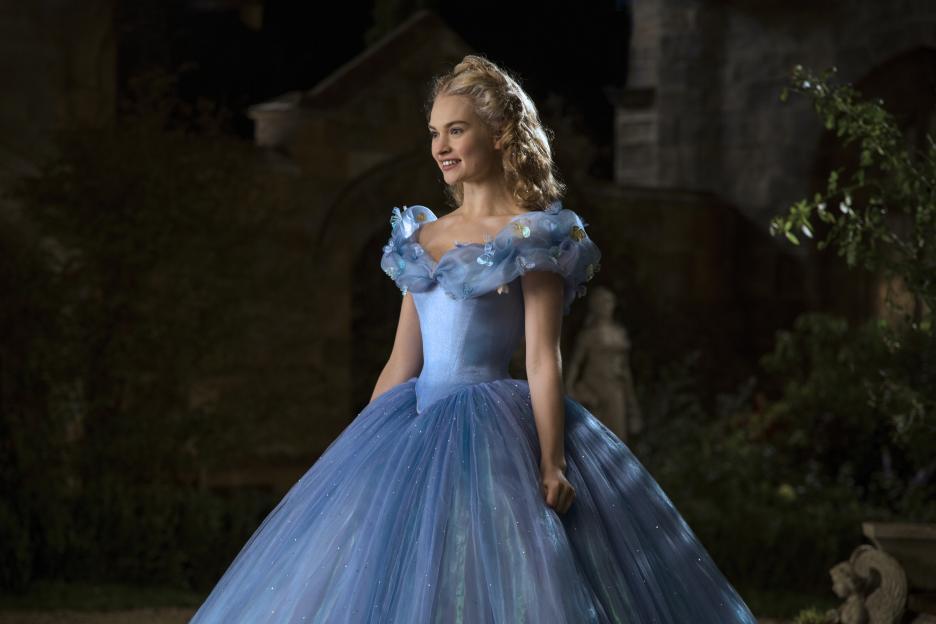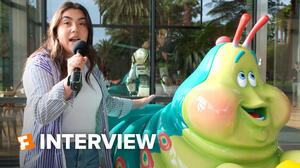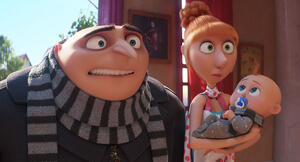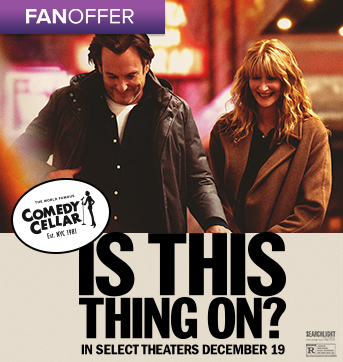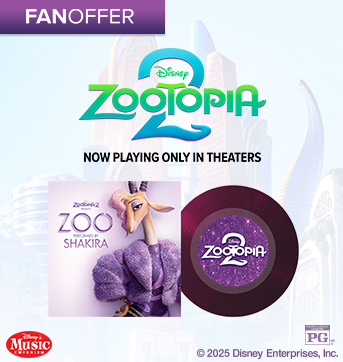
Princesses are everywhere. The word is basically synonymous with little girls of a school-going age. It’s so prevalent it seems to have reached a tipping point where many parents think it's all too much and have celebrated, and even joined, the anti-princess movement. But not me. I’m all about embracing its frills and furbelows.
As such, I took my kindergartner with me to a screening of Disney’s new, live-action Cinderella. We were both way excited after seeing the swoony, color-drenched, classic-Kenneth-Branagh teaser trailer. And the fact that an exclusive Frozen Fever short was slated to play beforehand didn’t hurt either.
Cinderella was my favorite princess as a child, and even though I was more of a sideburns-and-skinned knees kind of girl, her dreamy “ever after” left me starry-eyed after each VHS tape viewing. Because despite the extenuating circumstances, she never let anyone change her. A powerful lesson for an impressionable little kid to learn.
Turns out there are other great lessons to be learned from fairytales like Cinderella that have nothing to do with glass slippers, handsome princes or talking mice, and everything to do with raising smart kids.
Fairytales are EOE. Stories are equal opportunity experiences - meaning any kid can and should take part in their magic. And when I look at my youngest child, a girl made of brains and beauty, who flings sunshine and glitter with both hands, I understand why it’s so important to encourage imaginative thinking and romps through the gilded depths of make believe, no matter how princessy she makes them. Creative play is a crucial part of childhood development, and getting lost in the fantasy is part of that.
Princesses can be anything. They’re the strong, spunky, smart protagonists at the helm of their own stories, which if you think about it, makes “princess culture” anything but limiting. Society lives for the idea that “girls can have it all,” and letting them twirl endlessly in a beautiful ball gown or run around the backyard in a superhero cape and mask empowers them to believe it.
There is no such thing as a passive princess. My daughter knows she can do anything because I’ve told her (and shown her) that she can. I’m a work-home mom, so she sees firsthand what it means to succeed and fail, and understands that perseverance trumps passiveness every time. As her life-long guides and teachers, my husband and I are the ones responsible for her formation. Not fairytales. They are, however, excellent tools to help encourage her.
Kids are smart. Like really smart. They have insight and common sense and are not going to walk away from a movie like Cinderella all pearl clutchy about Lily James’ waistline, thinking love at first sight is the only kind worth having, and that blended families are tantamount to unspeakable horrors. Adults are the ones who go there. Just let kids be kids.
Fairytales make certain life lessons easier to understand. Kids are still kids after all. Good and bad, life and death, love and hate – all of them are black and white, and in this case, Cinderella’s positive traits (humility, kindness, compassion) and Lady Tremaine’s negative ones (jealously, anger, greed) make great pocketable takeaways for kids. That they double as teachable moments for parents wins by default.
There are already so many things to be vigilant about as a parent. Why add fairytales and the princesses that come with them to the list?
